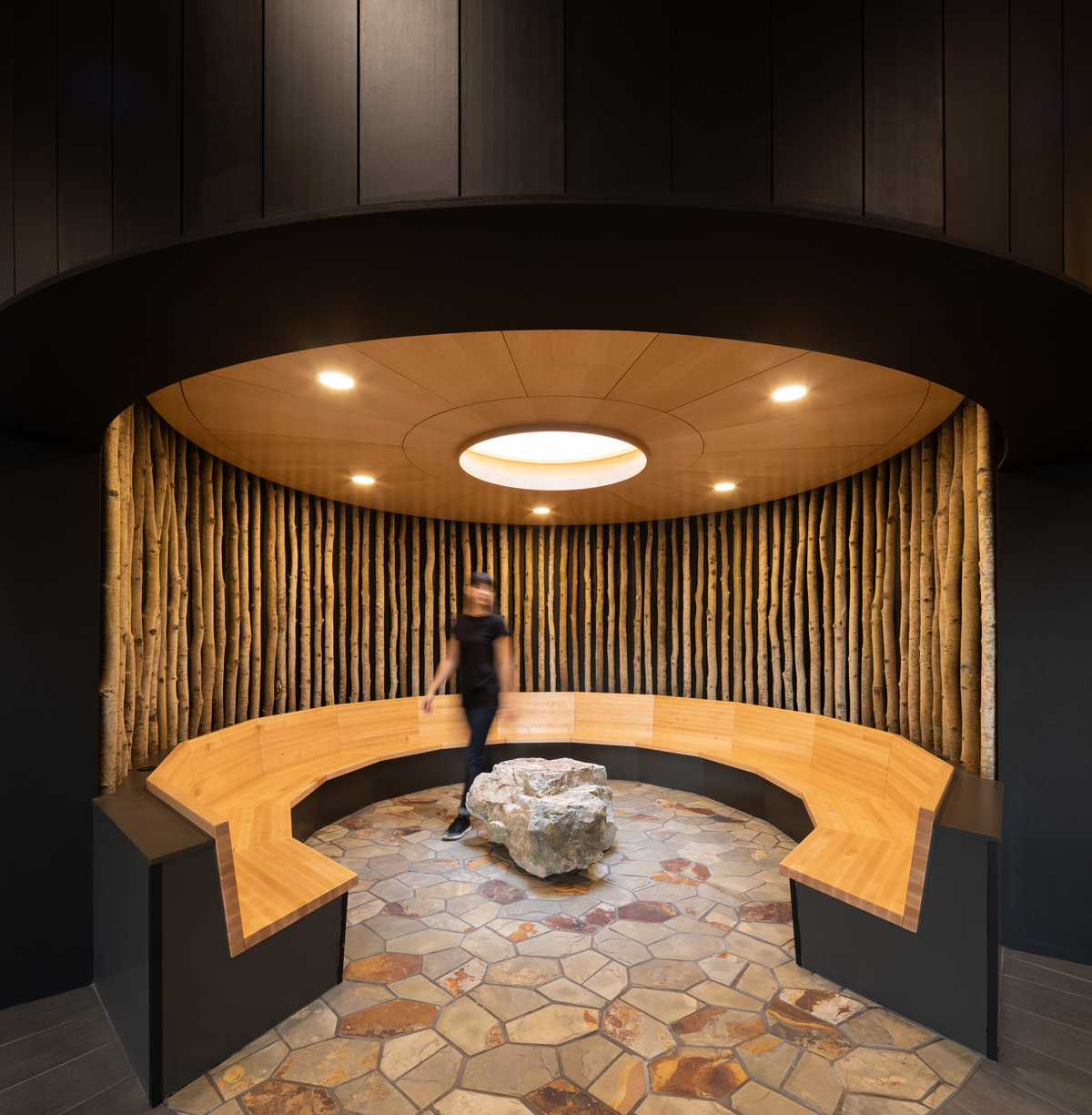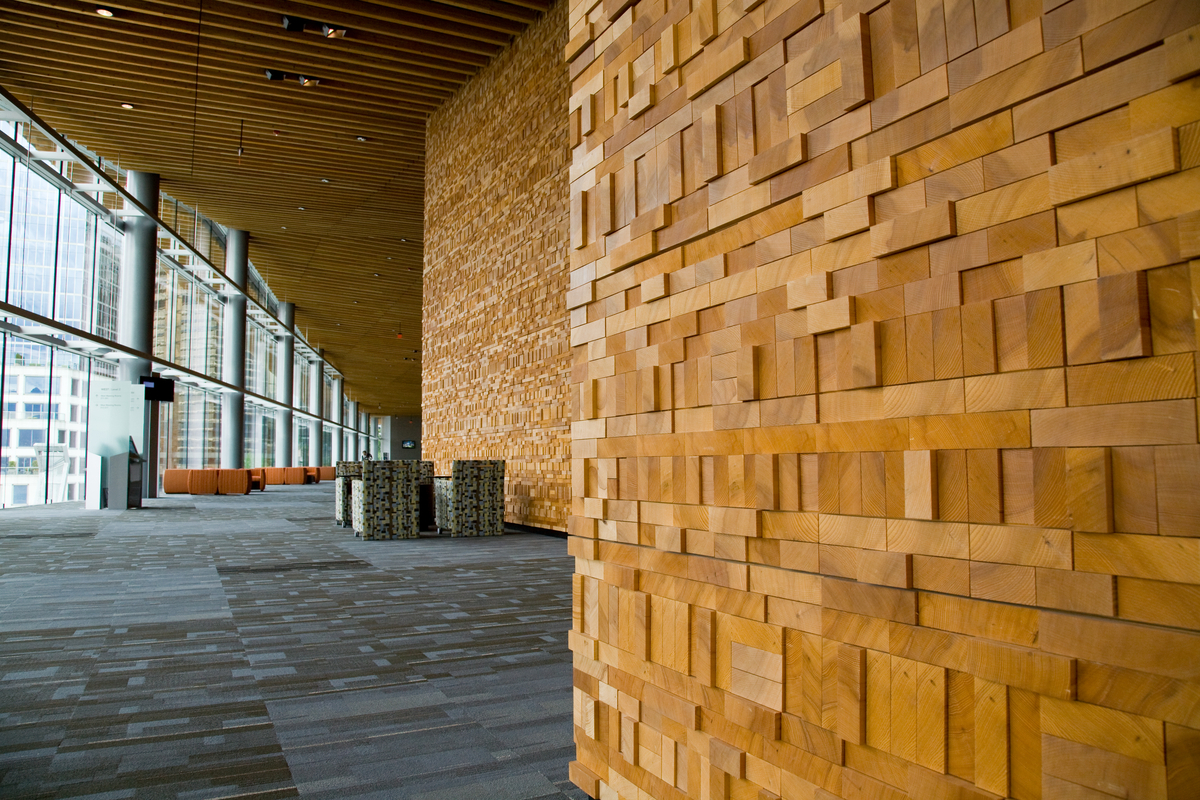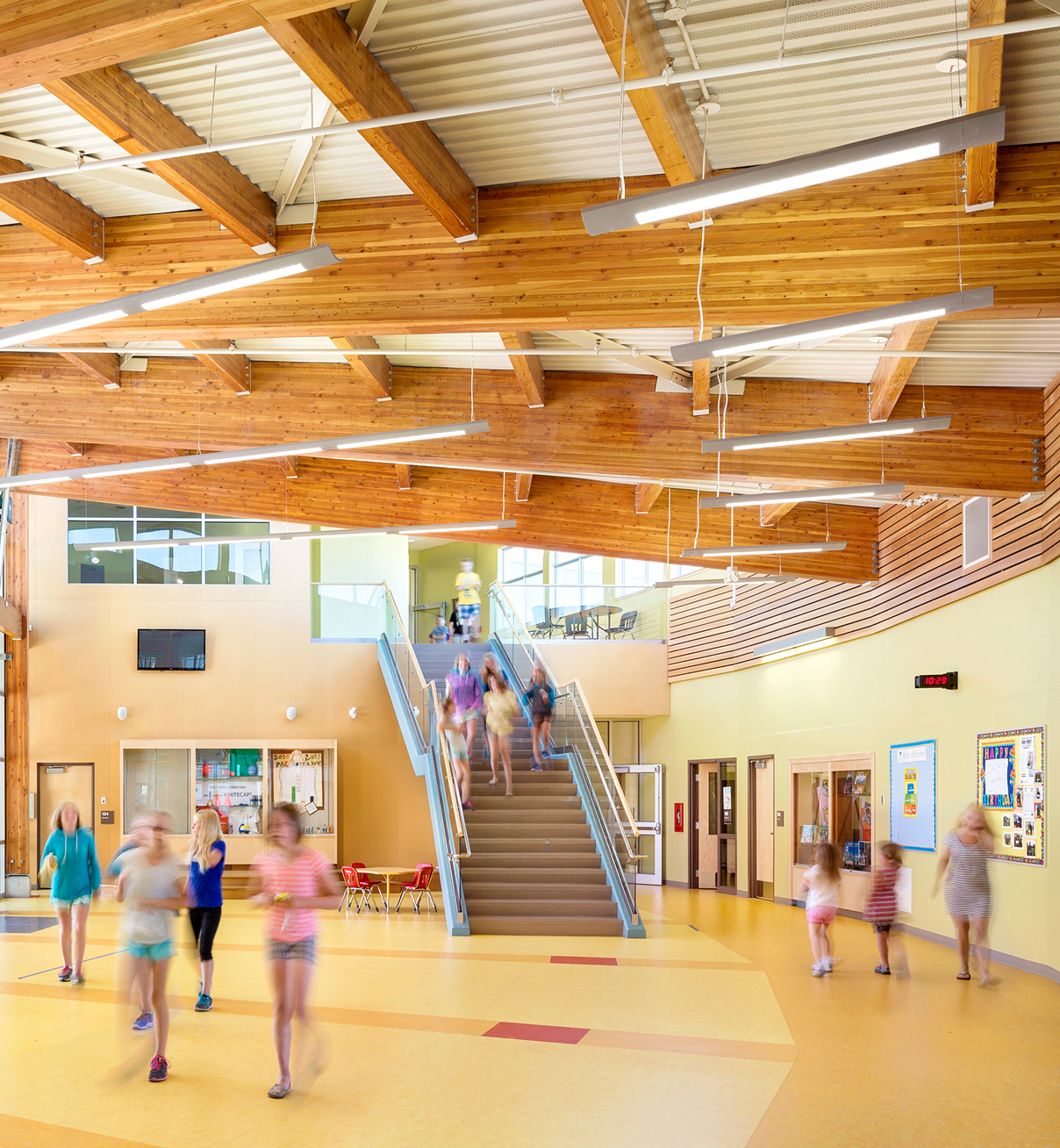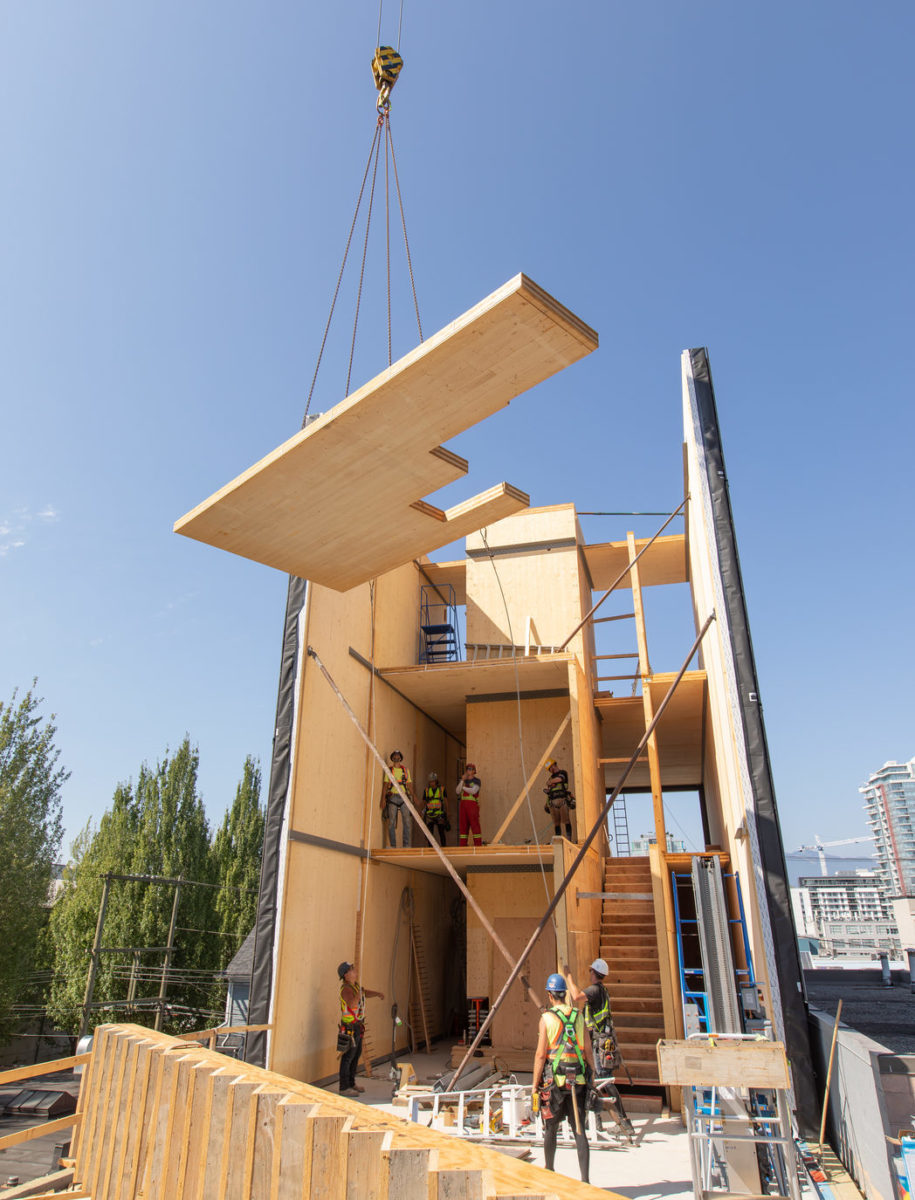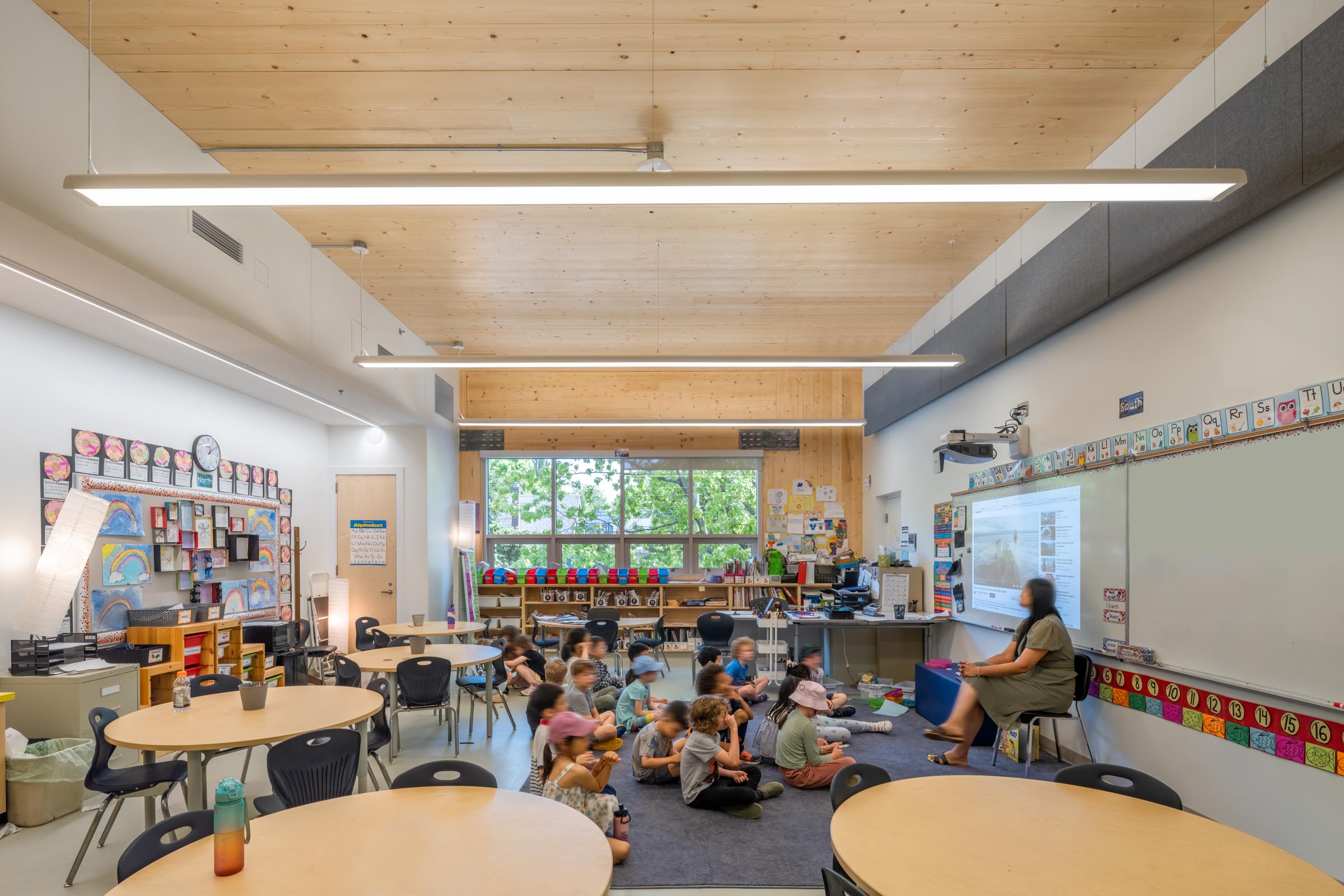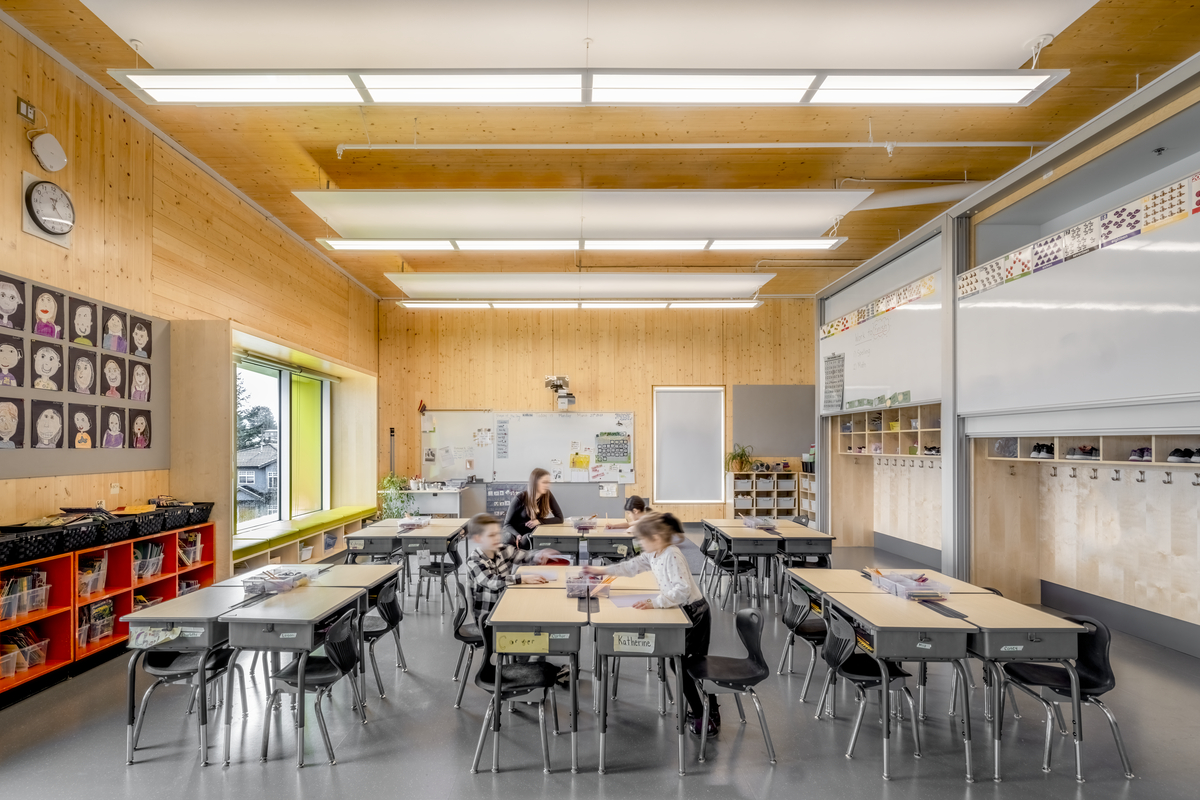Putting wood to work in the workplace
Workplace design now goes well beyond occupant comfort and is embracing biophilic design that can help employees thrive. More and more companies are seeing the benefits of biophilic design and timber-built architecture, with research suggesting it can boost employees’ morale, productivity and sense of well-being.
In one survey of 1,000 workers, the presence of wood in the workplace was positively correlated to lower absenteeism and higher job satisfaction. The more that wood was featured, the more employees found the workplace pleasant and felt connected with nature. Workers also reported better concentration, more optimism, less stress and greater productivity when their office included exposed wood.
In another study, wood interior design was associated with higher satisfaction. One room had extensive wood interior finishing, while the other was devoid of wood. The rooms were otherwise similar. People in the room with wood finishing were more satisfied with lighting, noise and temperature. Participants described the wood room as bright, pleasant, modern and warm.
Beyond workers’ preferences for wood, increasing the wood surfaces in an office is linked to measurable reduction in stress. In one study, the use of wood was correlated with decreasing blood pressure and heart rate. And wood can contribute to stress reduction or recovery from stress, according to a growing body of research.
Overall, this research suggests that wood can give a measurable boost to wellness in the workplace.
